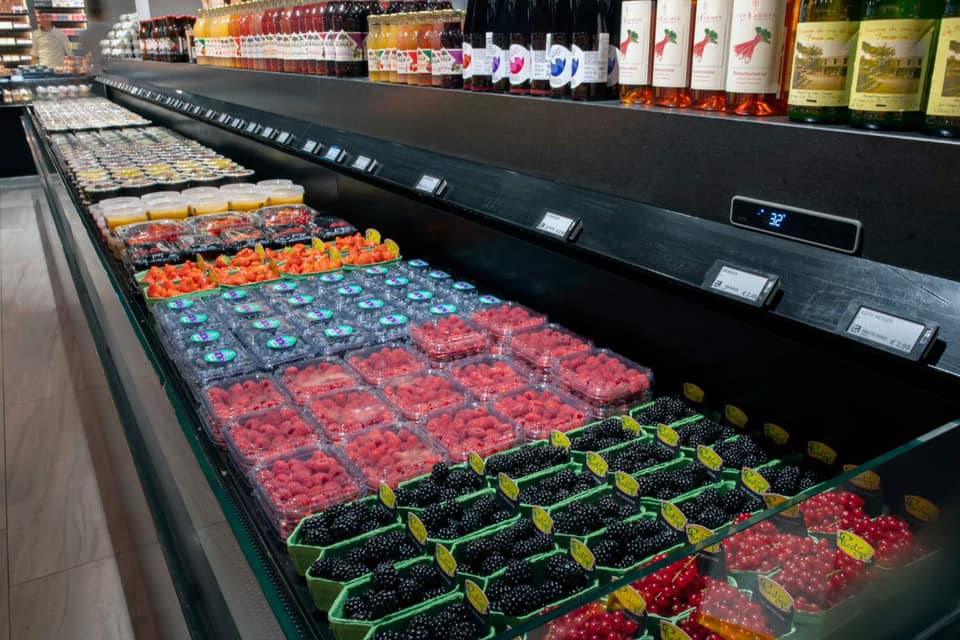The popularity of blueberries in the Netherlands has grown significantly in recent years. Sales of blueberries in supermarkets increased by more than 250 per cent in 2017 compared to 2013. The agricultural area and imports of blueberrieshave also increased. The prices of blueberries in supermarkets have hardly changed during this period. Statistics Netherlands (CBS) reports.
Sales of blueberries have been on the rise for several consecutive years. This trend continued in the first half of 2018, with supermarkets selling 8% more blueberries than in the same period in 2017. Consumers generally purchase the majority of blueberries in May.
INCREASED SURFACE AREA AND IMPORT OF BLUEBERRIES
Fruit producers are responding to growing consumer demand for berries such as blueberries, black currants, red currants, blackberries and raspberries. The cultivation area of this small fruit is growing year by year. In 2018 this area grew to 1930 hectares, an increase of 11 percent from a year earlier. This covers only the area of berries in open land. The area under glass is not included in this report.
Of all the types of berries, the blueberries are the most popular. The area under greenhouses increased by 17% in one year to 970 hectares in 2018. The area of blueberries has grown by two thirds since 2013. The number of growers has increased less rapidly during this period, from 110 to 130.
HEALTHY IMAGE
blueberries, behind pears and apples, is the third most cultivated fruit variety in the Netherlands. The cultivation of blueberries is also increasing in other European countries. In 2016, the Netherlands was among the top 5 European countries with the largest area of blueberries. The Netherlands follows Poland (5 040 hectares), Germany (2 710 hectares), Spain (2 260 hectares) and Portugal (1 520 hectares) with 780 hectares. The increase is partly due to the healthy image of blueberry among consumers.
IMPORT OF BLUEBERRIES ALMOST TRIPLED
Not only the cultivation, but also the import of blueberries has increased in recent years. In 2017, 9.8 million kilograms of fresh blueberries were imported, almost three times as much as in 2013. In 2017, about 40% of this was for re-export. In 2013, one-third of blueberries was imported from South America and two-thirds fromEurope. The majority in that year came from Spain (29 per cent) and Chile (27 per cent).
Compared to 2013, the country distribution of blueberries imports has changed. In 2013 and 2014, most of the imported blueberries came from two countries: Spain and Chile. In 2015 and 2016, most of the blueberries did not come from Chile, but from Peru, 19 and 31 per cent respectively. Imports from Chile fell from 915 thousand kilograms in 2013 to 331 thousand kilograms in 2017. From 2015 onwards, there are more imports fromAfrica. In 2017, 745 tonnes (7.6 per cent of total imports) came from this continent. In 2017, almost 60 per cent of blueberries came from Southern Europe (Spain, 51 per cent and Portugal, 8 per cent).
Source: CBS (2018)









